Back To Eden Gardening Steps
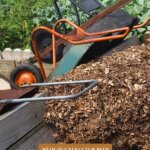
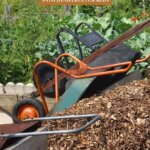
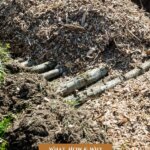
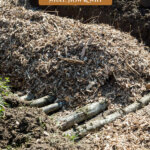
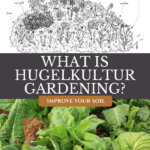
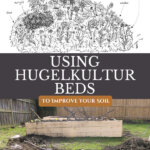
If you've never heard the term hugelkultur gardening you're in for a treat. This centuries-old method of gardening is making a comeback, and this post is filled with everything you need to know to successfully grow a garden using this German peasant traditional way of gardening.
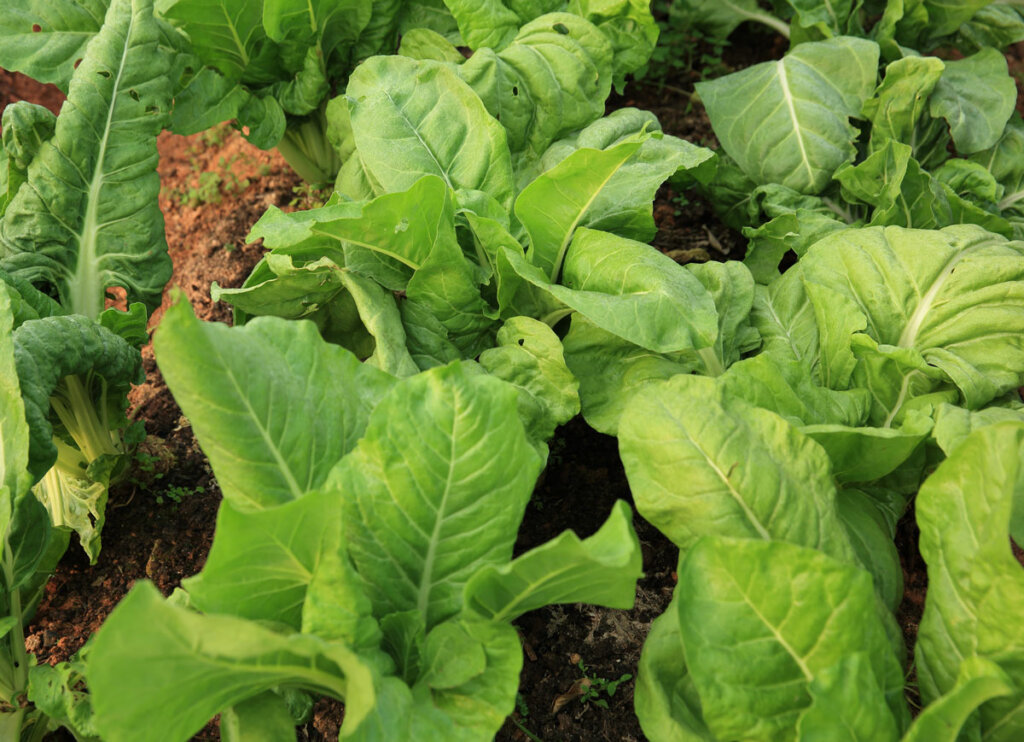
In this post, we'll discuss:
- The ways that using the hugelkultur method of gardening can help you create low-cost gardening beds that don't require any lumber, nails or special construction materials.
- Using hugelkultur to create permaculture beds.
- Some of the unique soil benefits that hugelkultur provides., especially if you live in the more northern climates.
- How hugelkultur can help you improve poor quality soil.
In this podcast (episode #323), I'm interviewing Autumn Rose, who's been with us on the podcast before sharing about her battle with Lyme Disease and how homesteading has helped her find some levels of healing.
Autumn lives with her husband on a tiny farmstead in the mountains of southern British Columbia in Canada. She's a full-time homemaker, whole food cook, avid gardener, food preserver, and lover of farmyard creatures! In this podcast, she's sharing all of her knowledge on the centuries-old gardening method of Hugelkultur.
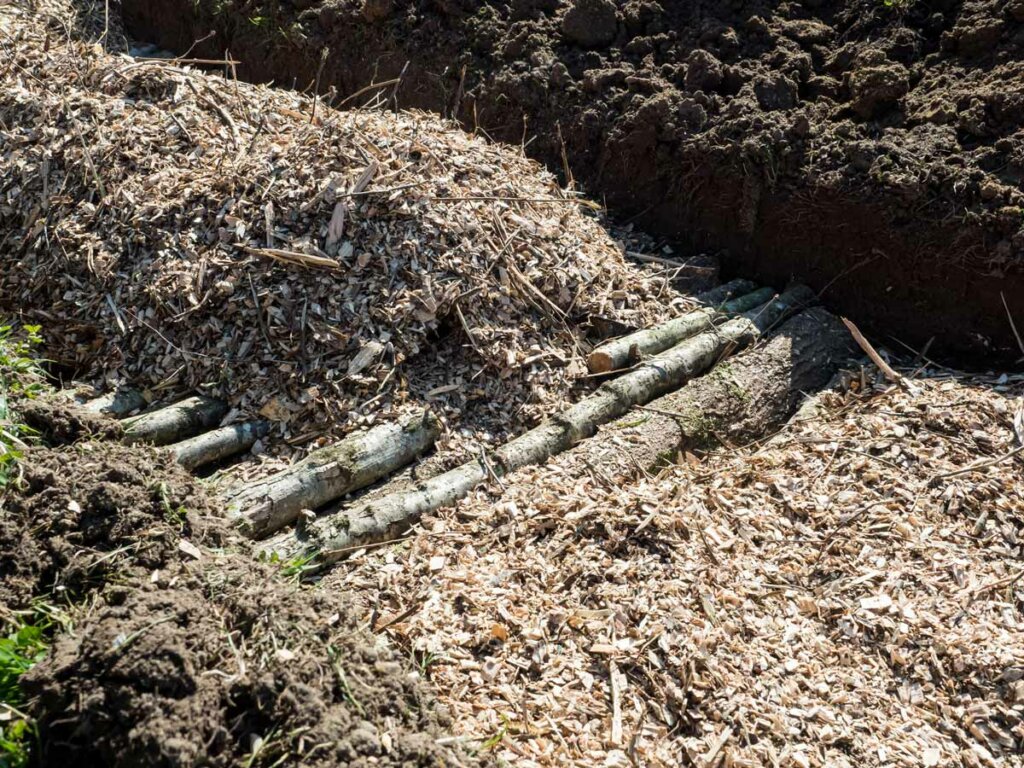
The History of Hugelkultur
Hugelkultur is a German word that translates to "hill culture" or "hill mound". It's been accredited to German peasants and is actually making a comeback as one of the "newer" techniques in the gardening world.
The more "advanced" we get sometimes show us that the old ways were actually better. Humans have been growing their own food for centuries in all different climates, growing regions, and conditions.
It's only more recently that the vast majority of society DOESN'T know how to grow their own food.
What is Hugelkultur?
Hugelkultur gardening is a multi-layered garden bed that uses wood as a base. It's a fantastic way to build up quality soil in an area where good soil is non-existent. You can also use this method to help amend clay or silty soil as well.
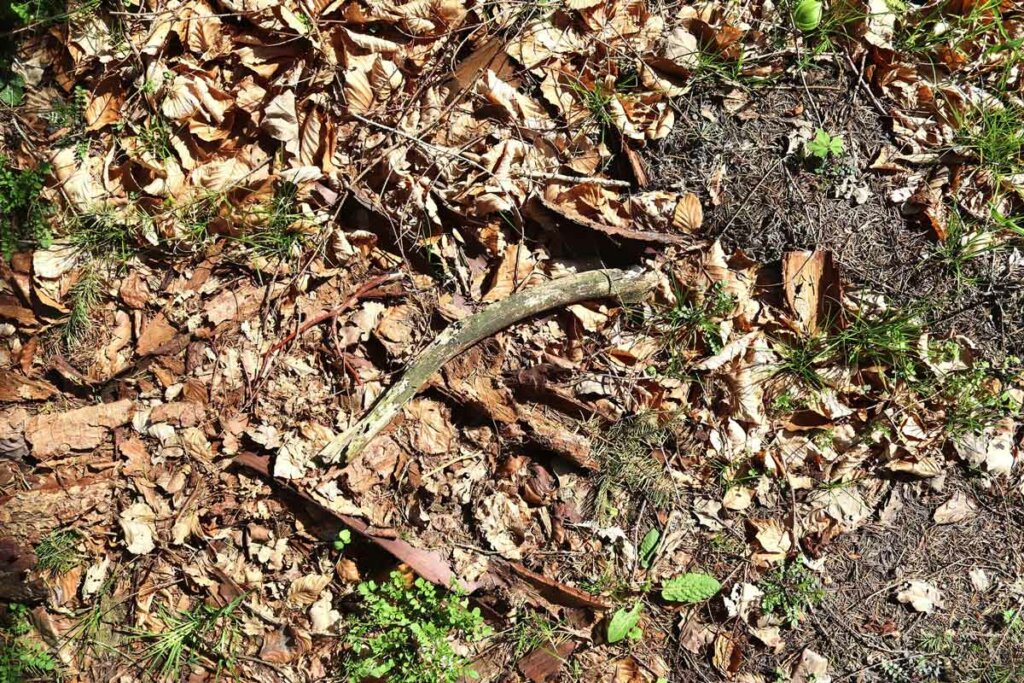
How to Build a Hugelkultur Bed
A hugelkultur bed is actually a permaculture bed that mimics the forest floor. The beds include five layers, number one is the bottom layer and number 5 would be the top layer:
- Large logs
- Smaller wood bits/branches
- Greens (or "hot" materials)
- Soil
- Mulch
You start with logs, then smaller wood bits or branches. As this wood breaks down it tends to pull nitrogen, so to counteract this you put down a layer of "hot" matter such as fresh grass clippings, leaves, animal manure (that's a couple months old), etc.
After this layer you'll need to add in about ten inches of good growing soil. It depends on how deep you need your soil to be depending on what you're growing, then on the very top you add a nice layer of mulch. The mulch is the weed suppressant.
As the wood on the bottom of the bed breaks down it will actually act like a sponge, retaining moisture and requiring you to water your garden less frequently.
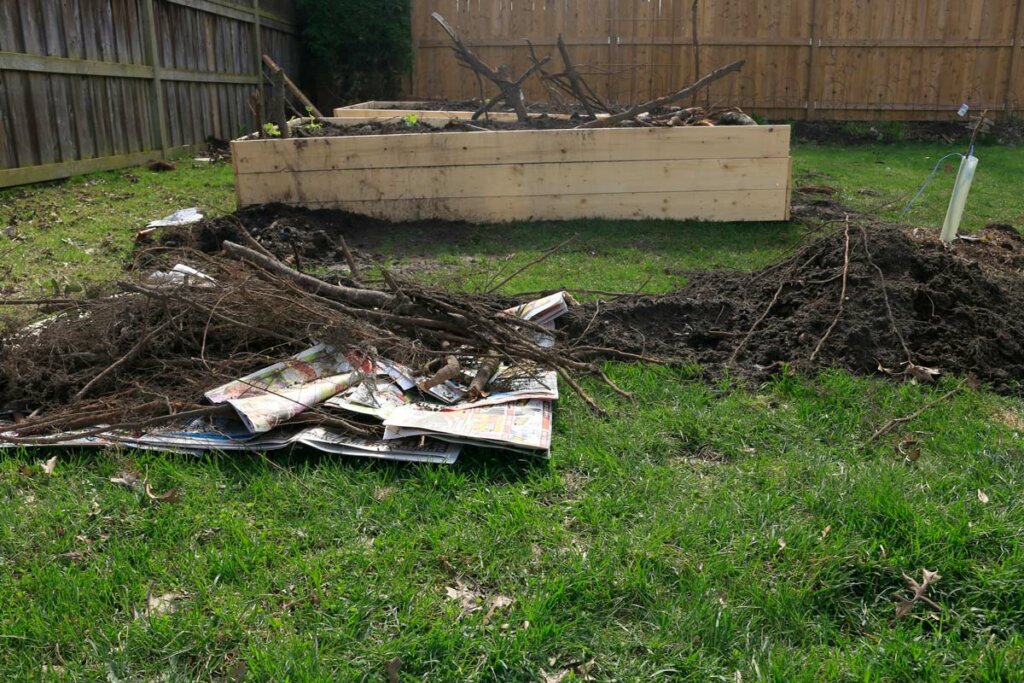
Hugelkultur Warnings
Types of Wood
Many people do say to avoid using cedar or black walnut in your garden, however with hugelkultur beds, unless your roots are going to reach really far down, you should be just fine using up these wood materials.
In fact, there have been university studies done that have shown no adverse effects of using cedar in the garden! This is the problem with online information, oftentimes incorrect facts tend to spread like wildfire over the internet.
The more desirable options should be used for the top layers of your garden. For instance, oak tends to break down really slowly, so that would make a fantastic wood to use as mulch.
Garden Bed Settling
One drawback to this method of gardening is that as the wood chips and larger pieces of wood begin to break down, you may experience some shifting and settling of your garden beds.
It's a good idea to assume the first few years you'll need to amend your beds with additional soil. By about years three to five, your garden should be established and well settled.
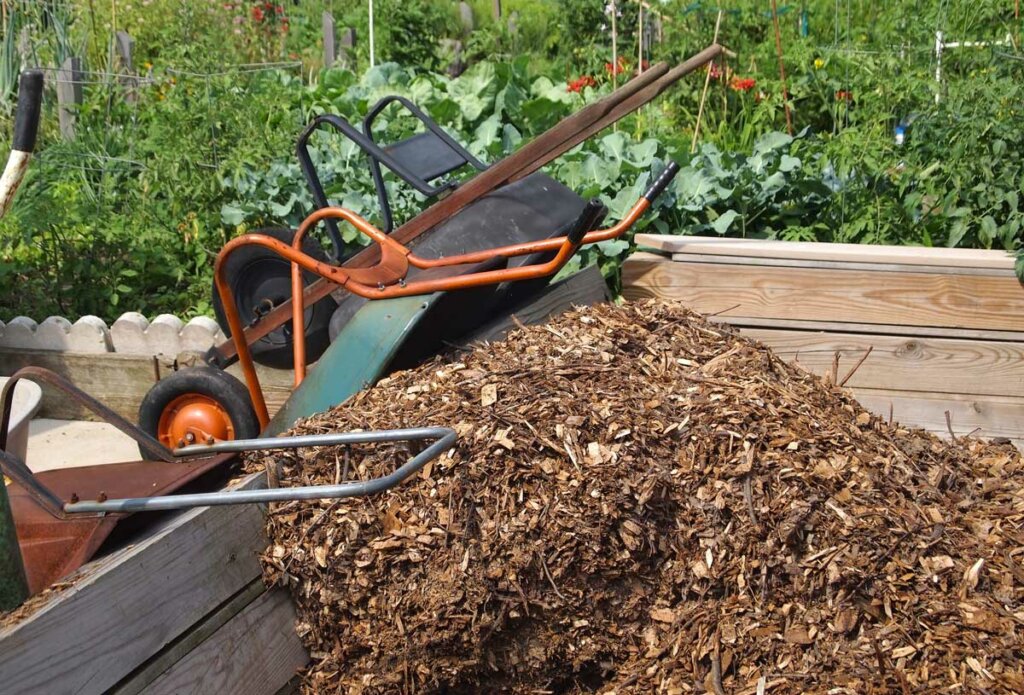
Benefits of Hugelkultur Beds
Warmer Soil
One of the greatest benefits to a hugelkultur bed is that, as the wood and materials in the layers break down, the beds actually produce heat and warm up.
Autumn notices that her hugelkultur beds are always the first beds to have the snow melt off the fastest in the spring.
Earlier Crops
She also notices that when she does plant her crops, the hugelkultur beds end up producing crops about two weeks ahead of her other beds. For this reason, Autumn loves to grow tomatoes in these beds!
It's not as extreme as you may have heard by being months ahead in your growing season. But there is a slight advantage as far as warmth and the speed of growing goes.
Moisture
The great thing about hugelkultur gardening is that it's beneficial for both drier climates as well as wetter climates.
For the dryer climates, the wood will actually act like a sponge and slowly disperse water to the plants as needed.
Likewise, in extremely wet conditions, the soil is very well-draining so your crops won't be drowning in waterlogged soil.
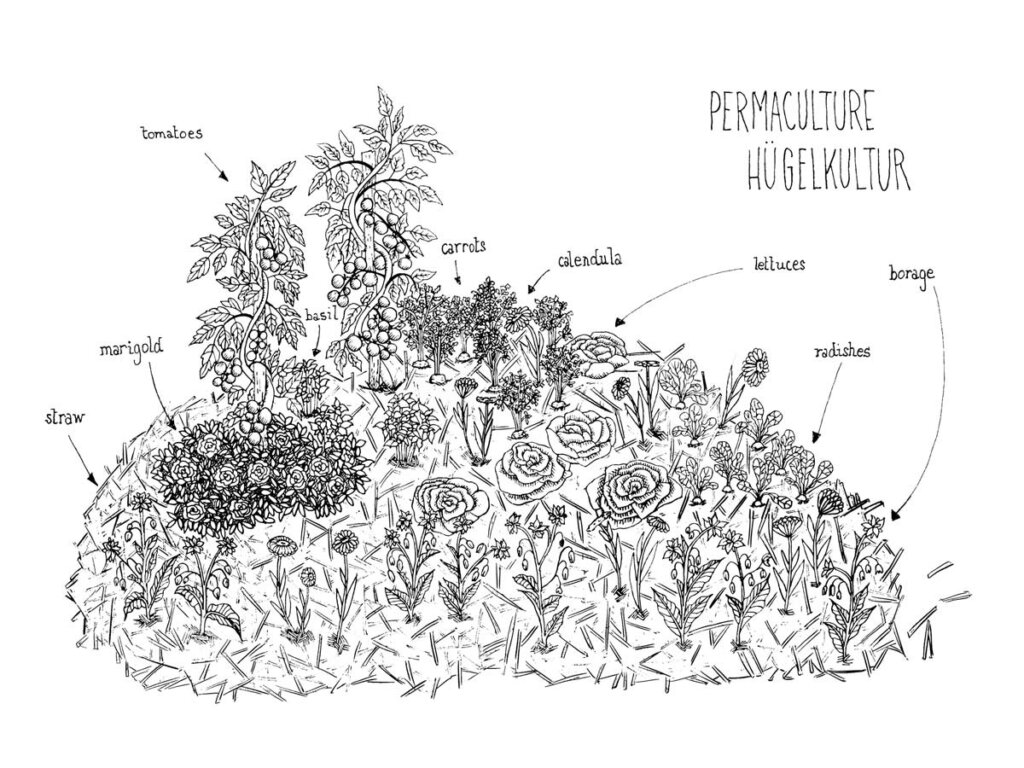
What Can You Grow in Hugelkultur Beds?
You can grow both perennial and annual crops in hugelkultur beds, as well as root crops or above-ground crops with deep or shallow root systems.
It's recommended to grow a variety of companion crops in your hugelkultur beds, as well as growing some creeping or "covering" crops along the edges if your beds are free-form to help keep the sides from eroding.
Gardening Facts
No matter the type of garden bed you choose, there will be work and maintenance, but if you make the commitment and stick with it, you will have successes and you will learn along the way.
You can find out more from Autumn on her blog at A Traditional Life or watch some of her hugelkultur videos on her YouTube channel.
More Gardening Articles
- Fall Gardening Prep – 11 Tips to Improve Your Soil
- How to Test Soil Ph & Amend Acidic or Alkaline Soil
- Sheet Mulching: the Easy Way to Build Soil & Compost in Layers
- Wood Chips for Garden Mulch – Beneficial or Not?
- Beginner Gardening Secrets You Need to Know
- 13 Basic Steps to Starting a Vegetable Garden
- How to Create a Garden Plan for More Harvest & Less Stress
- Planning a Fall Garden (28 Crops to Plant in August)
Back To Eden Gardening Steps
Source: https://melissaknorris.com/podcast/hugelkultur-gardening/
Posted by: sipesagat1982.blogspot.com

0 Response to "Back To Eden Gardening Steps"
Post a Comment